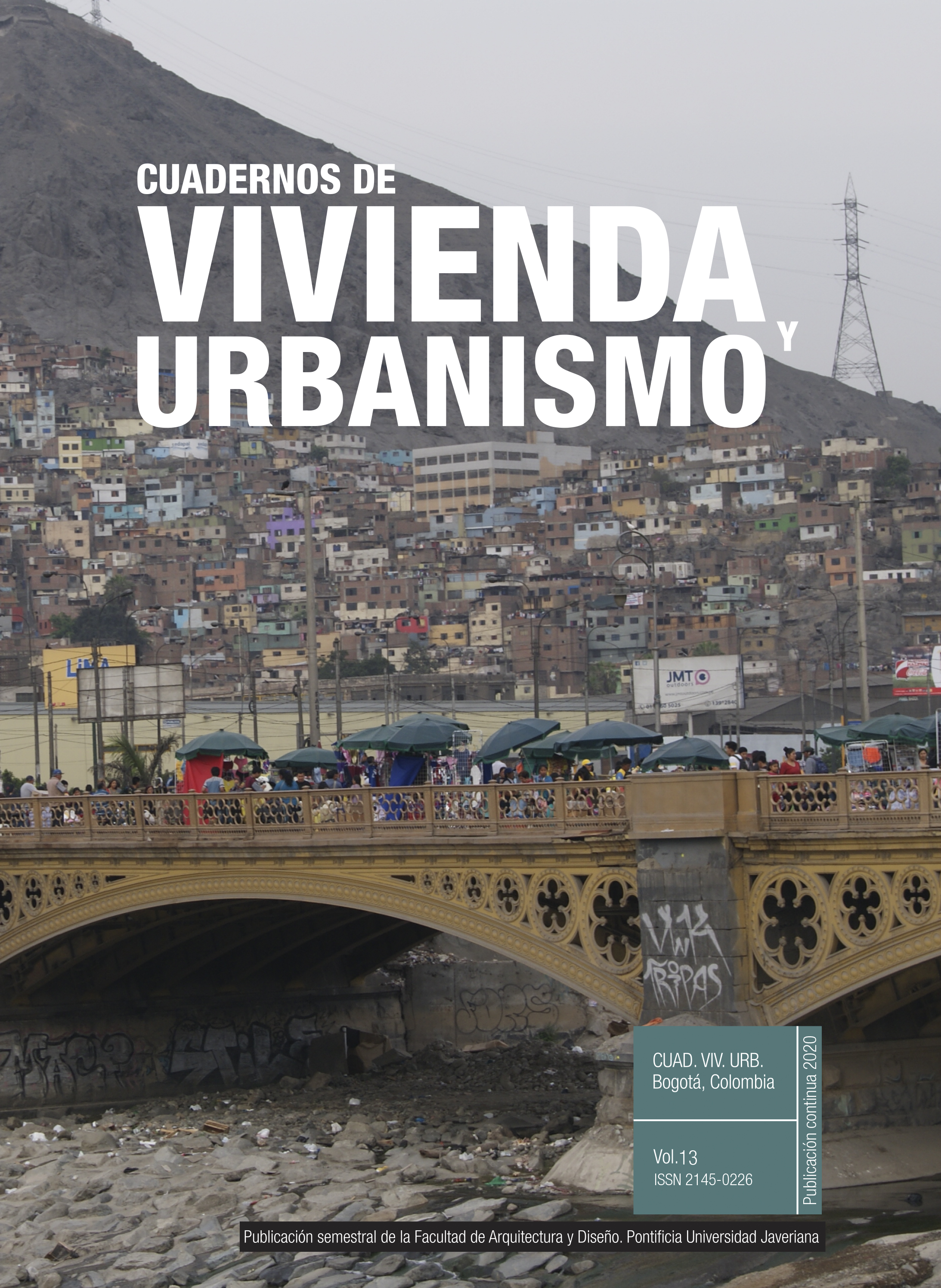Resumo
Durante a última década, o número de indivíduos com alta escolaridade nas principais cidades da Colômbia aumentou. No presente documento, procura-se evidencia acerca da divergência na acumulação de capital humano entre algumas cidades do Caribe colombiano e outras cidades como Bogotá, Medellín, Cali, Bucaramanga e Cúcuta. Através da análise estatística e econométrico de medidas de segregação e atração de capital humano, encontrou-se que para o Caribe colombiano existe evidência de uma convergência na acumulação de capital humano, o que contradisse os argumentos de Christopher Berry
e Edward Glaeser na sua pesquisa de 2005.
Acemoglu, D. (1996). A Microfoundation for Social Increasing Returns in Human Capital Accumulation. Quarterly Journal of Economics, 111(3), 779-804. https://doi.org/10.2307/2946672
Berry, C. R., y Glaeser, E. L. (2005). The Divergence of Human Capital Levels Across Cities. Papers in Regional Science, 84(3), 407-444. https://doi.org/10.1111/j.1435-5957.2005.00047.x
Clark, T. N., Lloyd, R., Wong, K. K., y Jain, P. (2002). Amenities Drive Urban Growth. Journal of Urban Affairs, 24(5), 493-515. https://doi.
org/10.1111/1467-9906.00134
Florida, R. (2002). The Economic Geography of Talent. Annals of the Association of American Geographers, 92(4), 743-755. https://doi.
org/10.1111/1467-8306.00314
Florida, R. (2003). The Rise of the Creative Class. Nueva York: Basic Books.
Florida, R. (2004). Cities and the Creative Class. Londres: Routledge.
Katz, L., y Murphy, K. (1992) Changes in Relative Wages, 1963-1987: Supply and Demand Factors. Quarterly Journal of Economics, 107(1),
-78. https://doi.org/10.2307/2118323
Lucas, R. (1988). On the Mechanics of Economic Development. Journal of Monetary Economics, 22(1), 3-42. https://doi.org/10.1016/0304-3932(88)90168-7
Massey, D. S., y Denton, N. A. (1988). The Dimensions of Residential Segregation. Social Forces, 67(2), 281-315. https://doi.org/10.1093/
sf/67.2.281
Moretti, E. (2004). Estimating the Social Retur to Higher Education: Evidence from Cross-Sectional and Longitudinal Data. Journal
of Econometrics, 121(1-20), 175-212. https://doi.org/10.1016/j.jeconom.2003.10.015
Shapiro, J. M. (2005) Smart Cities: Quality of Life, Productivity, and the Growth Effects of Human Capital. NBER Working Paper 11615,
Cambridge, MA. https://doi.org/10.3386/w11615
Storper, M., y Scott, A. J. (2009). Rethinking Human Capital, Creativity and Urban growth. Journal of Economic Geography, 9(2), 147-167.

Este trabalho está licenciado sob uma licença Creative Commons Attribution 4.0 International License.


